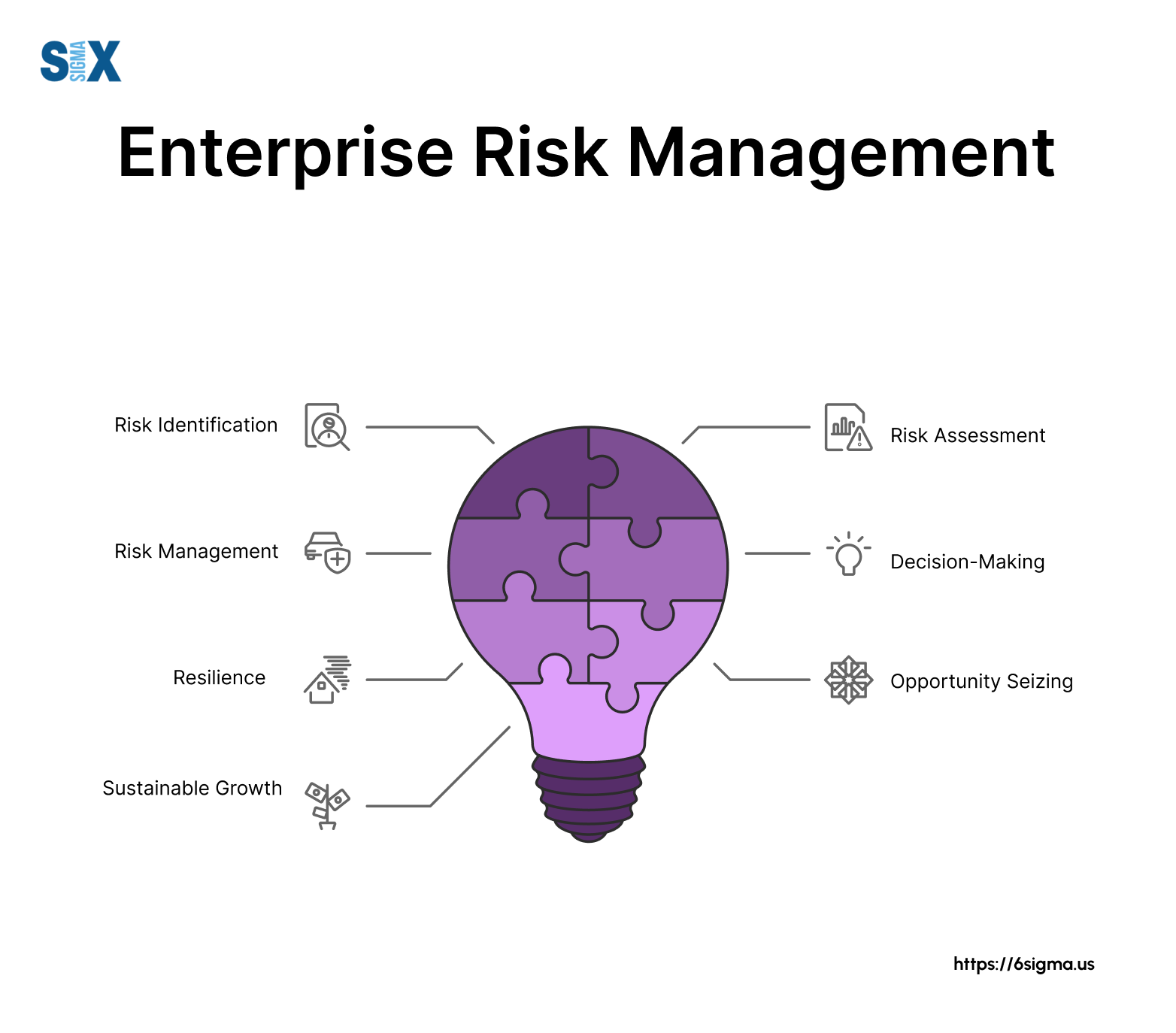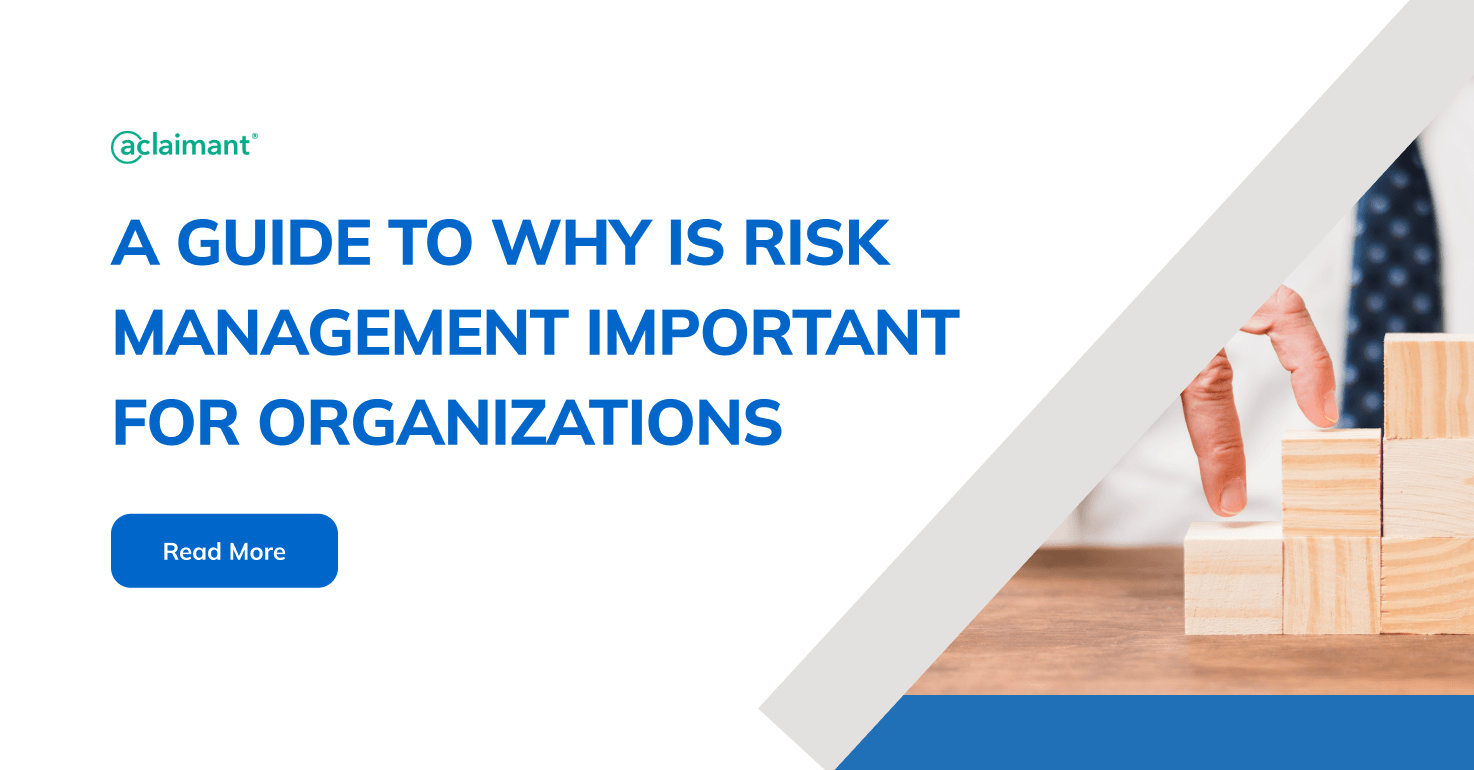Navigating the Challenges: Understanding the Importance of Risk Management
Navigating the Challenges: Understanding the Importance of Risk Management
Blog Article
The Essential Significance of Risk Management in Getting Business Goals
In the swiftly developing organization landscape, the capability to navigate uncertainty has actually come to be an imperative. This is where Risk Management action in, giving a structured technique to identifying, examining, and mitigating potential barricades to advance. It's more than just a protective measure - it's a critical device, cultivating strength and advancement. As we discover the important function of Risk Management in attaining business objectives, one can not wonder however help: how does this translate into real-world success?
Comprehending the Principle of Risk Management in Service

The Important Function of Risk Management in Strategic Planning
Incorporating Risk Management into tactical planning functions as a safeguard for companies, securing their long-term strategies with a solid foundation of preparedness and durability. It operates as the organization's radar, detecting potential hazards and susceptabilities that could disrupt the course in the direction of attaining their mentioned purposes. Risk Management supplies a structure for anticipating uncertainties and creating ideal feedbacks, guaranteeing the company's survival and success even despite adversity. By integrating Risk Management into tactical preparation, organizations can transform these unpredictabilities into possibilities for development and innovation. This calculated interweaving of Risk Management fosters flexibility, making companies more robust and enabling them to navigate the ever-changing organization landscape confidently. Risk Management ends up being a crucial device in tactical planning, crucial in protecting lasting success.

Techniques for Identifying, Assessing, and Prioritizing Dangers
Browsing the facility landscape of risks requires the application of specific methods for their prioritization, evaluation, and recognition. The procedure starts with Risk identification, utilizing tools such as SWOT analysis, which helps in identifying prospective hazards and opportunities. Next off, Risk evaluation is conducted to establish the potential impact and likelihood of each Risk. Tools such as Risk matrices and impact-probability graphes are made use of for this. Threats are prioritized based on their possible effect and probability, enabling companies to focus their resources on critical dangers. This organized approach ensures an extensive understanding of the Risk landscape, allowing companies to make enlightened decisions and properly manage risks to accomplish their goals - importance of risk management.
Protecting Business Procedures With Efficient Risk Management
In the business landscape fraught with unpredictabilities, reliable Risk Management plays a pivotal role in securing organizational operations. By determining and Going Here assessing potential threats, Risk Management enables companies to develop robust backup plans. Organizations have to spend in comprehensive Risk Management methods to secure their operations.

Transforming Possible Hazards to Opportunities: The Power of Risk Management
A proactive approach to run the risk of Management involves identifying, evaluating, and prioritizing threats to create techniques that turn them right into prospective advantages. Hence, by leveraging the power of Risk Management, companies can not only guard their procedures yet also spur growth and achieve their objectives in an uncertain business environment.
Case Researches: Success Stories of Risk Management Driving Business Objectives
Effective implementation of Risk Management techniques has actually yielded outstanding outcomes in different businesses, highlighting the qualities of this strategy. International firms like Microsoft and Google, for circumstances, have actually leveraged Risk Management to lessen dangers and make use of chances, driving their business objectives onward. These instances illustrate just how successful Risk Management can not only guide services clear of possible pitfalls yet also direct them towards their tactical purposes.
Conclusion
In final thought, Risk Management is essentially crucial in attaining organizational goals. By including Risk Management right into tactical preparation, organizations can better browse uncertainties, guard operations, and capitalise on opportunities, consequently lining up with long-lasting objectives.
At its core, Risk Management is the procedure of identifying, assessing, and addressing potential hazards that can adversely impact an organization's operations or purposes. Next off, Risk evaluation is performed to determine the prospective influence and likelihood of each Risk. Threats are prioritized based on their possible impact and possibility, enabling organizations to concentrate their resources on high-priority dangers. By recognizing and analyzing possible hazards, Risk Management allows companies to go to my blog establish robust contingency plans. A proactive approach to risk Management includes visit determining, analyzing, and prioritizing dangers to develop methods that transform them right into potential benefits.
Report this page